Research Projects

Aqtivate
AQTIVATE will deliver an interdisciplinary, intersectoral joint doctoral program that produces computational science professionals capable of using, developing and deploying cutting-edge methodologies of exascale computing, AI, and quantum computing for scientific and engineering applications, and who are ideally prepared to assume strategic leadership positions in both academia and industry.






QruiseOS
Qruise (as in cruise control): The QruiseOS is a collection of algorithms – optimizers, simulators, machine learning tools and other software components designed to accelerate the development of quantum technology and to improve its application. Qruise’s technology is based on the application of optimal control theory, optimization theory and machine learning to the process of controlling, characterizing and calibrating quantum technology devices in general, and quantum computers specifically (see Physical Review Applied, 15(3), 034080 for a deep technical overview). The Qruise toolset is centered around 3 pillars: • Characterization (a.k.a. system identification, a.k.a. model learning): Measuring an exact physics description of the system, in order to generate a digital twin of the quantum device. • Optimal Control: Based on the digital twin, determine the optimal controls to generate the desired operation. • Calibration (a.k.a. tune-up, a.k.a closed loop calibration): Closed-loop adjustment of the controls, to compensate for imperfect digital twins.


OpenSuperQPlus
In the first phase, OpenSuperQPlus100 will aim at reaching 100 qubits by 2025 and developing technological components and solutions needed to go beyond. In the second phase, OpenSuperQPlus1000 will aim at systems of 1000 qubits by 2029. These goals will be reached with complementary approaches: On the 100-qubit level, we will team up with well-funded national initiatives and explore application-adapted strategies (co-designs) and grow existing high-quality fabrication capabilities to that scale. For the 1000-qubit level, we will narrow down to a small number of designs based on industry-compatible fabrication technology and develop a central system.






















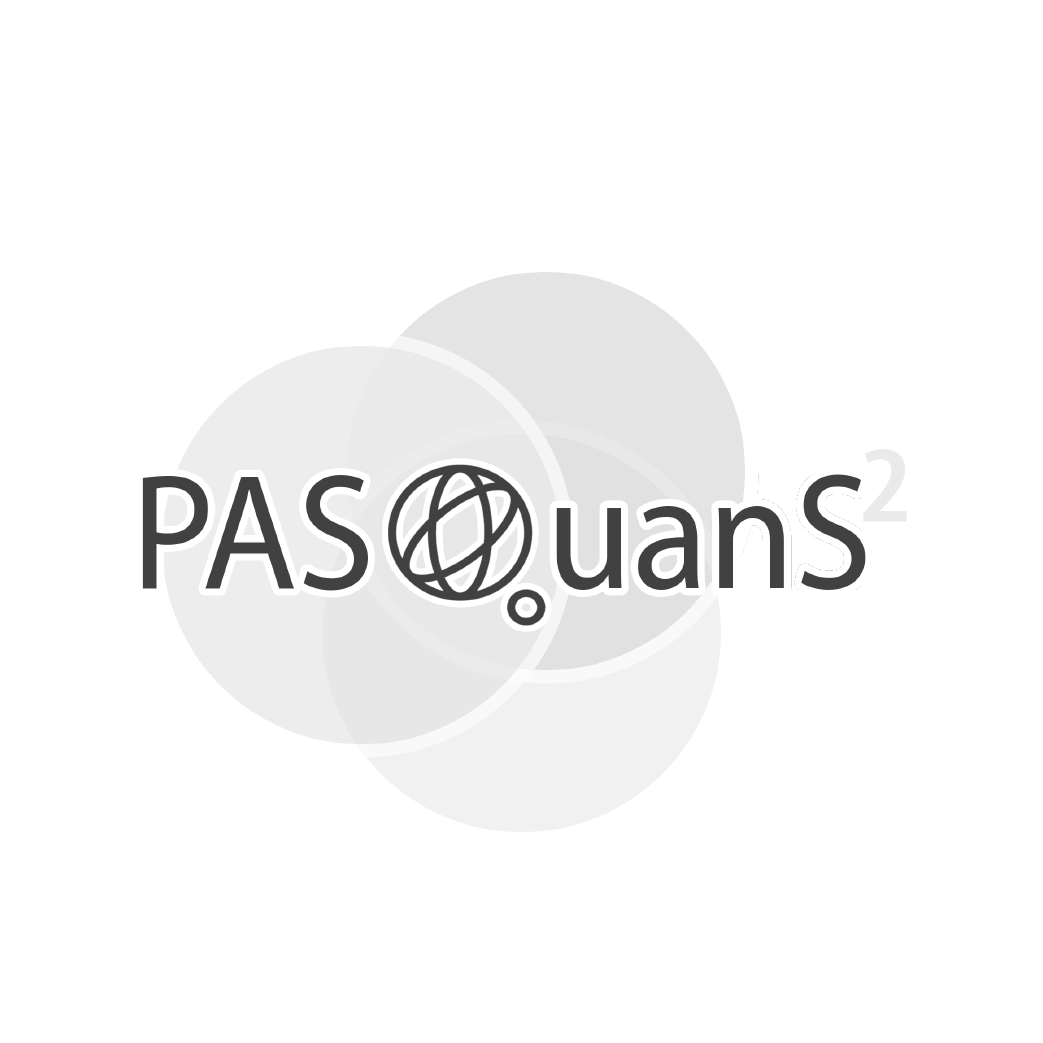
PASQuanS2
PASQuanS2 sets out to transform the development of programmable quantum simulation over the next seven years. Following a two-stage approach, one of the major objectives of this first project phase PASQuanS2.1 (running for the next 3.5 years), is the development of quantum simulators with at least 2,000 atoms and a path towards 10,000 while improving control, stability, and scalability. Building on the achievements of the previous phase EU Quantum Technology Flagship project PASQuanS, the mission is to bring about transformative advancements in quantum simulation. This includes leveraging cutting-edge technologies and fostering collaborative partnerships with industry technology partners, supply chain stakeholders, and end-users. By doing so, we aim to create a conducive environment that will drive innovation and propel the field of Programmable Quantum Simulation forward.







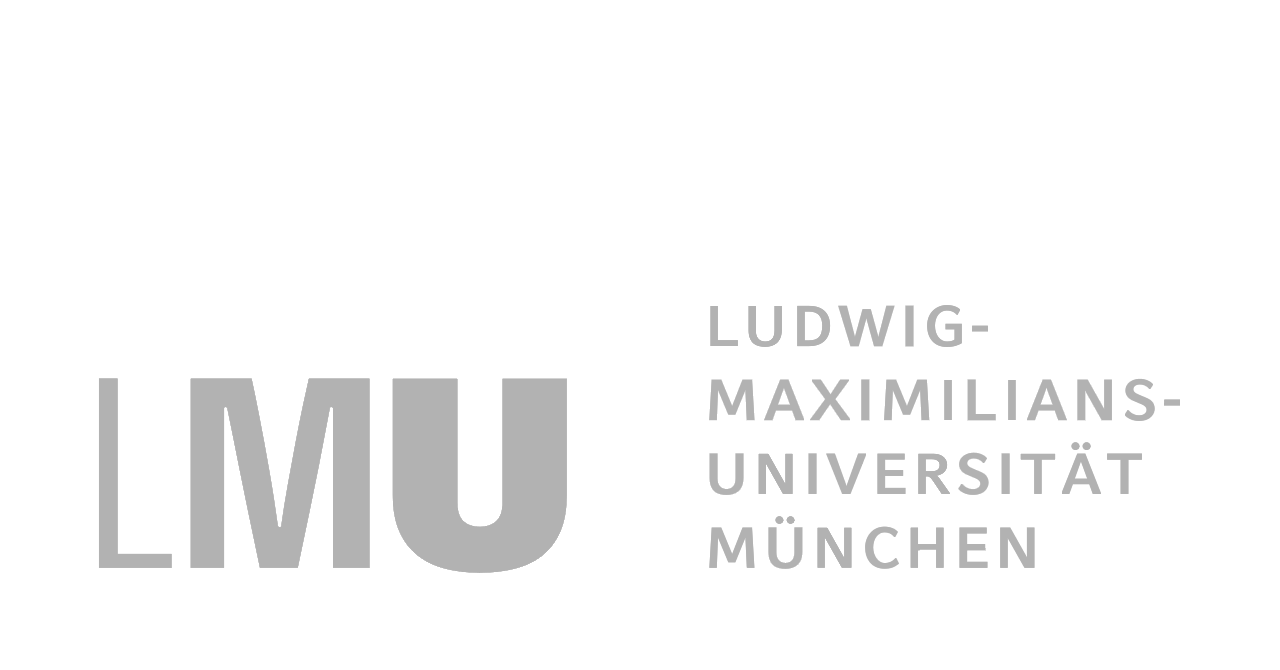






EuRyQa
To develop the next generation of fully programmable and scalable quantum computing systems based on Rydberg atoms and open them up for the European community requires a coordinated interdisciplinary and intersectoral effort. For this, the EuRyQa consortium combines partners from academia and the private sector that are at the forefront of cold-atom technology with key industrial partners with complementary expertise in quantum hardware, classical electronics, firmware, and software. The project will bring together four Rydberg platforms with 100-1000 qubits, including three nationally funded platforms and one leading European start-up, to provide a unique European solution to Rydberg-based quantum computers together with Europe-wide benchmarking and standardization of the technology. We will provide a common quantum computing stack for Rydberg atoms, a federated cloud service, solutions to concrete computational problems leading to a quantum advantage, and key technology and a blueprint for fault-tolerant quantum computing with Rydberg qubits.




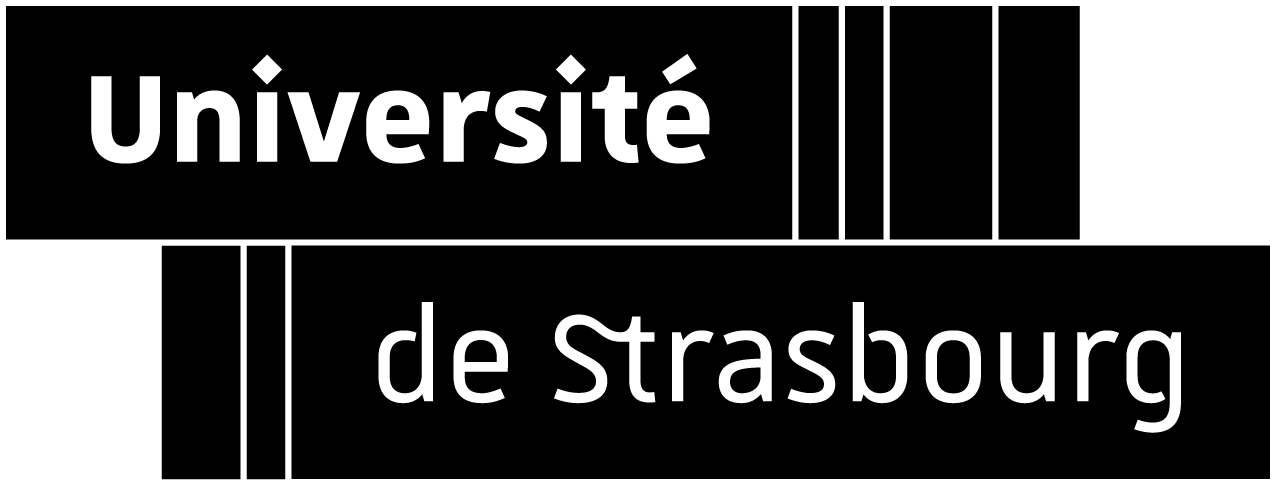

QuE-MRT
The goal of QuE-MRT is to achieve a breakthrough in diagnostic metabolic imaging using magnetic resonance imaging (MRI) and a novel class of extremely powerful contrast materials – quantum hyperpolarized endogenous molecules. The consortium will demonstrate and validate this approach, from technical development through initial clinical trials in high-prevalence tumors, most notably in tumors with a very low survival rate, such as pancreatic cancer.






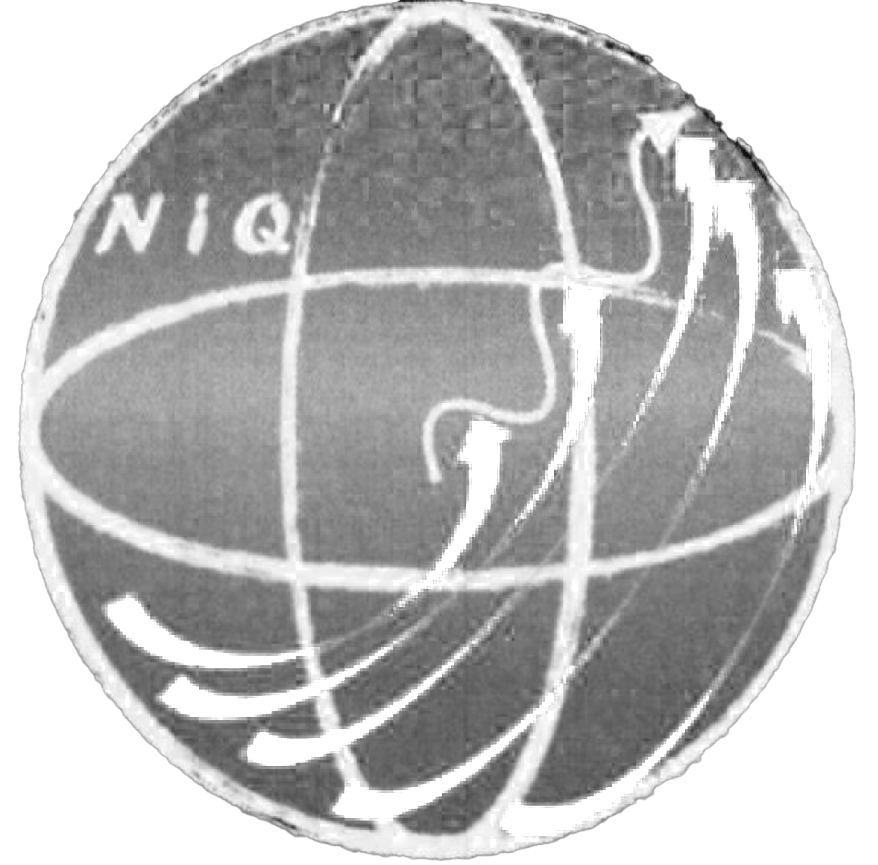
NiQ
The aim of NiQ is to provide the foundations for noise-resilient quantum algorithms together with a computational framework for their use. NiQ develops this strategy for three prominent algorithms for quantum computing: (i) the widely used hybrid quantum/classical variational quantum simulations (VQS) algorithm, (ii) quantum generative adversarial networks (QGANs), and (iii) quantum search algorithms and applies it, moreover, to develop (iv) efficient protocols for the preparation of complex topological many-body states for surface codes. The focus on these classes of algorithms is motivated by their importance to tasks of economic and scientific practical relevance, such as (i) optimization problems in logistics, traffic, aerospace, and even battery research, (ii) big data analysis and simulation, (iii) database searches, and (iv) solution of computationally very hard or classically even inaccessible problems in physics, material science, chemistry, as well as biology.





MUNIQC-SC
Goal of the MUNIQC-SC project is to build a quantum-computer demonstrator with up to 100 superconducting qubits. It targets the full quantum-computing stack from superconducting circuit hardware to its integration into high-performance computing environments. Complementary to the research efforts within the SQQC consortium, MUNIQC-SC focuses on the scalable integration, reproducibility and controllability of well-established transmon-type qubits in a collaborative effort with universities, research and technology organizations, start-ups and industrial partners.











MUNIQC-ATOMS
MUNIQC-Atoms targets the realization of a neutral-atom quantum processor based on atoms trapped in optical tweezers combined with Rydberg-induced quantum gates. This demonstrator will be integrated in the HPC systems, providing access to the demonstrator with up to 400 qubits. The aim is for an average gate fidelities of 99.5% on single and two-qubit gates with locally addressable atomic qubits. With this goal MUNIQC-Atoms aim to lay the groundwork to tackle the first applications for NISQ quantum computers.


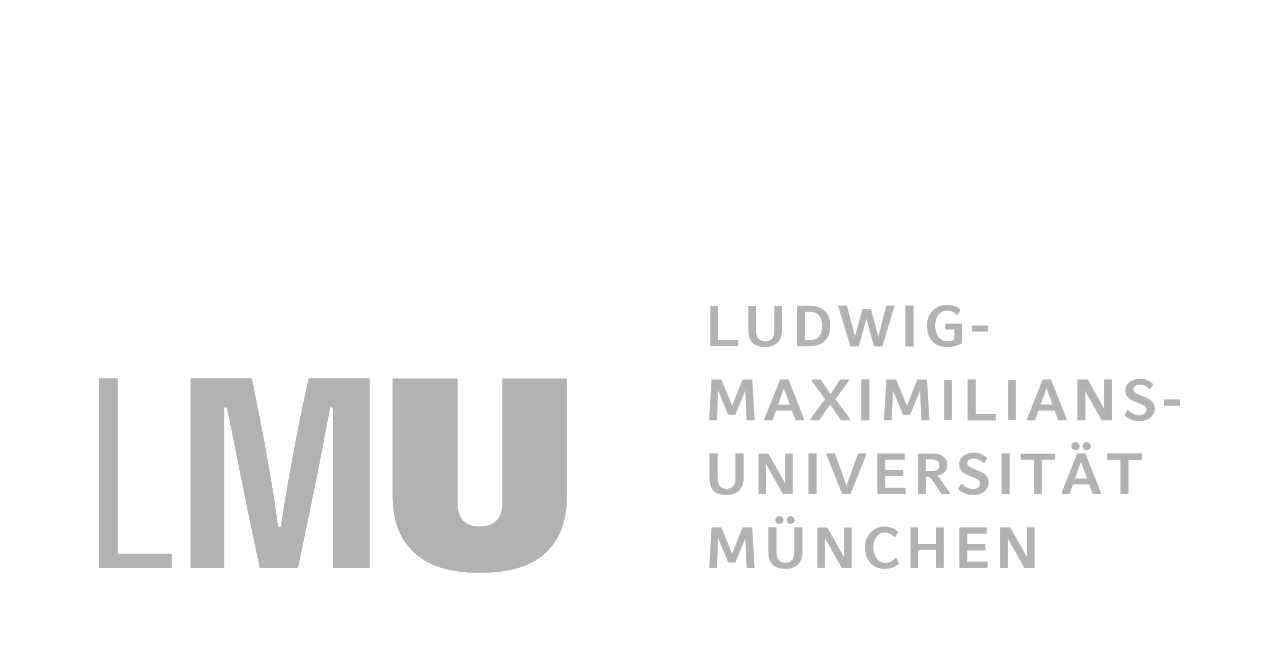










Spinning
The joint project “SPINNING” (diamond spin-photon-based quantum computer) aims to develop the demonstrator of a quantum processor “made in Germany” as well as the peripherals needed to connect the processor to classical computer systems. The quantum processor is based on so-called spin qubits in synthetic diamond. Compared to today’s quantum computers, the planned hardware features longer operation times and smaller error rates as well as low cooling requirements. The quantum processor will initially be able to compute with 10, and subsequently with 100 qubits and more, and would thus be able to predict the products of complex quantum chemical reactions.



















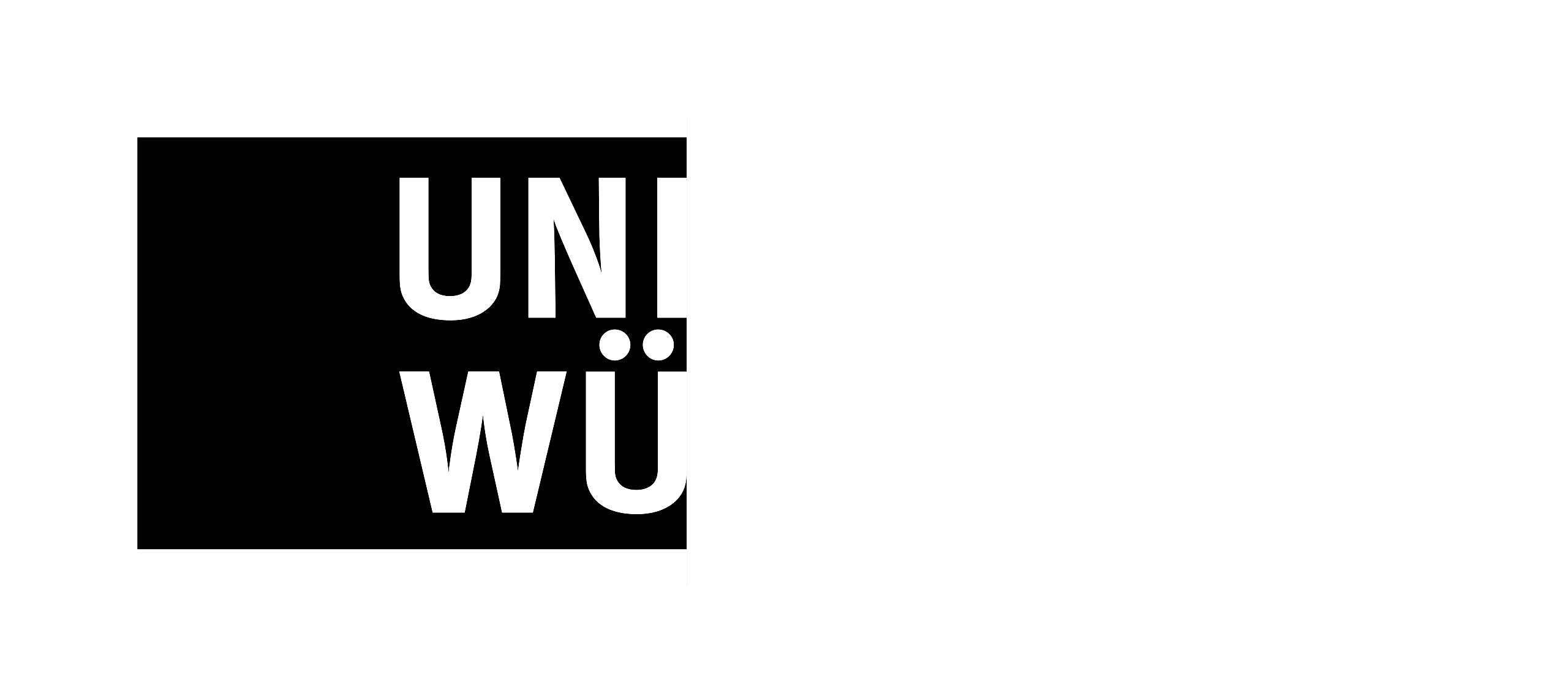
QSolid
At the heart of QSolid are quantum bits (qubits) of very high quality. The susceptibility of qubits to errors is a crucial point in the development of quantum computers, as the quantum states used to store information react very sensitively to external influences. The experts in QSolid aim at reducing this vulnerability of qubits to errors with the help of high-precision manufacturing methods, new material systems, optimal control of the qubits as well as state-of-the-art error avoidance methods based on artificial intelligence (AI) at firmware level. The latter is an area in which QSolid wants to set new standards.











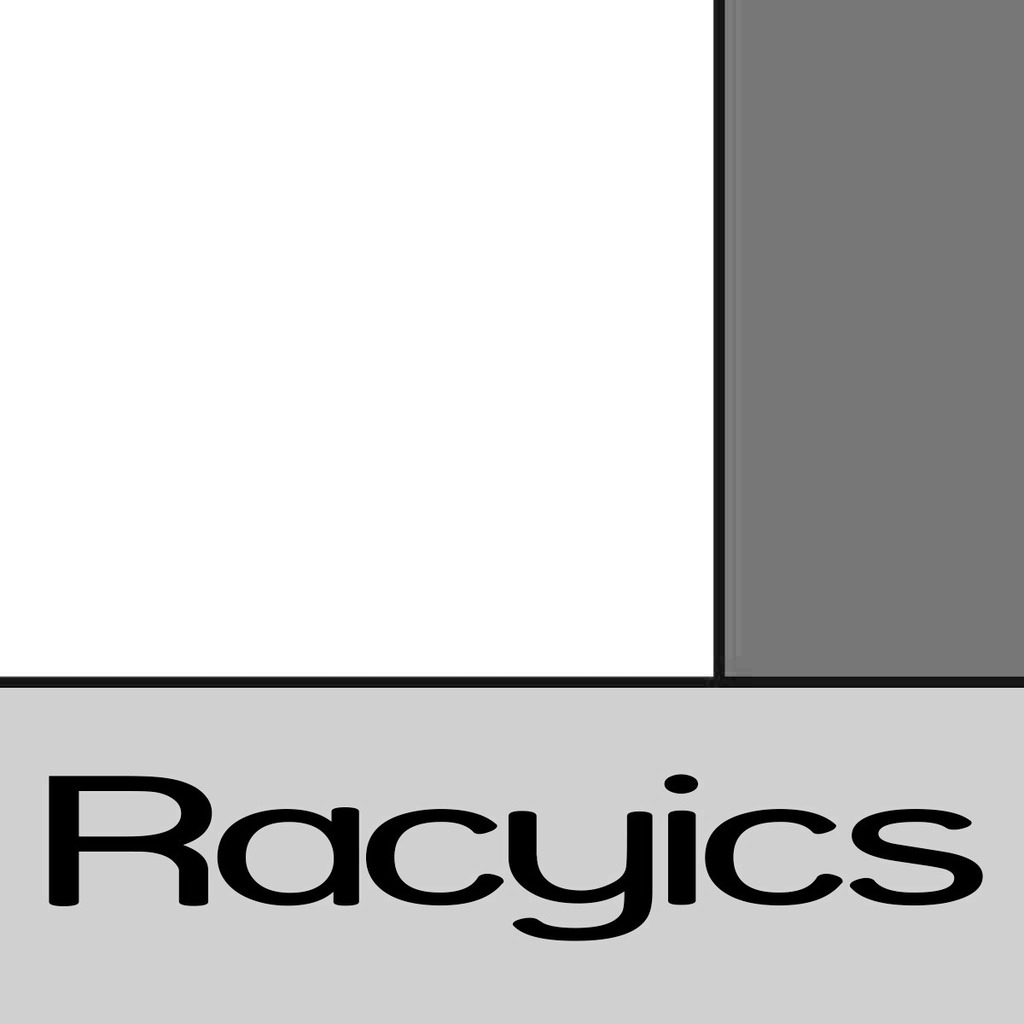





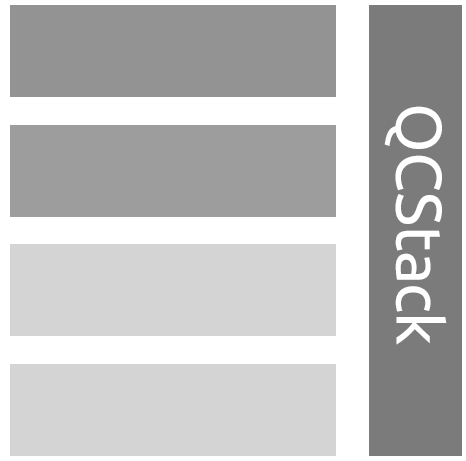
QCStack
QCStack addresses the funding object of developing “suitable interfaces for hardware or software and firmware”. QCStack develops a hardware-agnostic software stack for quantum computers in the central area - i.e. between the compiler and the directly hardware-specific instrument control. This stack ensures that users and developers have an optimal interface between working planes that both guarantees the optimized compilation of quantum applications and enables the optimal use of the hardware. In short, the software necessary for initialization and continuous operation of quantum computers. This includes software for characterization and calibration of the quantum computer for initial configuration and firmware for obtaining high-precision operation, the operating system for task management that ensures that QPU idle time is minimized, and the software stack that translates highly abstract algorithms into hardware-specific code.


Stay Informed with Our Newsletter
Subscribe to our newsletter to get the latest updates on our products and services.